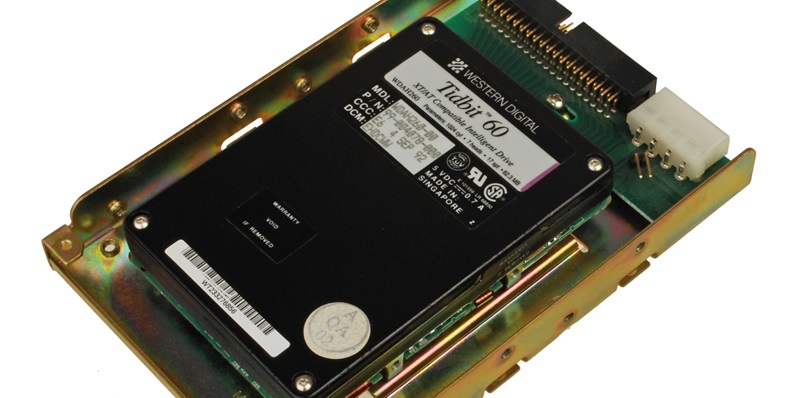The tech world is on high alert as SSD prices are predicted to surge due to a significant production cut by Samsung. The tech giant has decided to reduce its production of NAND chips—the crucial components in SSDs—by a staggering 50%. This reduction is poised to greatly impact the cost of SSDs, which have become preferred over traditional hard disk drives for their faster speeds and increased reliability. As the leading player in the NAND market, Samsung’s production slash suggests an impending chip shortage, potentially leading to a notable increase in storage costs. The effects of this are expected to reverberate across various sectors that rely on these storage solutions. The anticipation of a shortage underscores the delicate balance within the tech supply chain and could quickly translate into higher costs for consumers and businesses alike.
The Root Causes of Expected Price Inflation
Reports indicate that the confluence of industry trends and production adjustments is set to create a perfect storm for SSD price increases. Samsung’s recent reduction in NAND chip output is not an isolated event. SK Hynix, another giant in the NAND production sector, has hinted at similar production cuts, although the extent of these reductions is yet to be revealed. This alignment among the top manufacturers suggests a strategic move to counter the oversupply that has kept SSD prices relatively low in recent years. With the demand for digital storage continually rising, a reduced supply is likely to drive up prices, making larger capacity SSDs, such as 2TB and 4TB models, particularly susceptible to significant cost increases.
Industry analysts underscore the importance of understanding the broader consequences of the impending SSD price hike. With SSDs now commonplace in everything from personal computing devices to enterprise servers, the ripple effects of increased SSD costs are likely to be felt across numerous tech domains. Manufacturers of laptops, desktops, and servers may face heightened production costs, a burden that is often passed down to consumers. Moreover, the escalating pricing could slow down the otherwise rapid pace of adoption for these faster storage devices. As profit margins are squeezed, there is concern that innovation could stall, and upgrades could be deferred, disrupting the tech industry’s growth trajectory.
Consumer Strategies and Market Predictions
As market trends suggest, SSD prices are expected to climb, potentially peaking in 2024. This prompts tech users and companies to weigh their options carefully. Historically, tech prices have been unpredictable, but current analyses point to a steady upward trajectory in SSD costs. With data demands at unprecedented levels, a price hike could significantly affect both individual consumers and businesses with extensive storage needs.
Those considering expanding their storage may want to act swiftly to avoid the forecasted price rise. IT departments, in particular, might face budgetary strains, necessitating a reevaluation of IT spending. Meanwhile, consumers should remain alert to any favorable deals, as the market could present beneficial buying moments in response to these trends. Staying informed and proactive is key in navigating the anticipated increase in SSD pricing.

